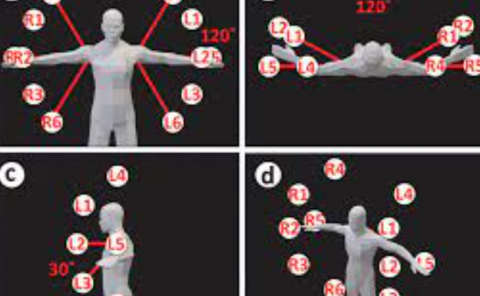Accommodation and Vergence Responses to Electronic Holographic Displays Compared with Those to Stereoscopic Displays
PubDate: January 2022
Teams: Tokushima University;Kanazawa Institute of Technology;Tokyo University of Agriculture and Technology;National Institute of Information and Communications Technology;Advanced Telecommunications Research Institute International
Writers: Haruki Mizushina; Ippei Negishi; Junya Nakamura; Yasuhiro Takaki; Hiroshi Ando; Shinobu Masaki

Abstract
Electronic holography is an ideal 3D display technique to ameliorate vergence-accommodation conflict, which is a possible cause of visual fatigue and discomfort from viewing conventional stereoscopic 3D displays. Previous studies have measured accommodative and vergence responses to holographic images and real objects, and reported that they are in good agreement. To demonstrate the effectiveness of electronic holography as a solution of vergence-accommodation conflict caused by viewing conventional stereoscopic 3D displays, we measured accommodative and vergence responses to reconstructed images of holograms and two-view stereoscopic images. We also measured responses to real objects located at various distances as a baseline condition. The results indicate that the accommodative response to the electro-holographic display changes with the vergence response in a similar manner, as is the case with real objects as compared to conventional two-view stereo display. This suggests that the holographic display technology is a promising candidate for resolving the vergence-accommodation conflict.


